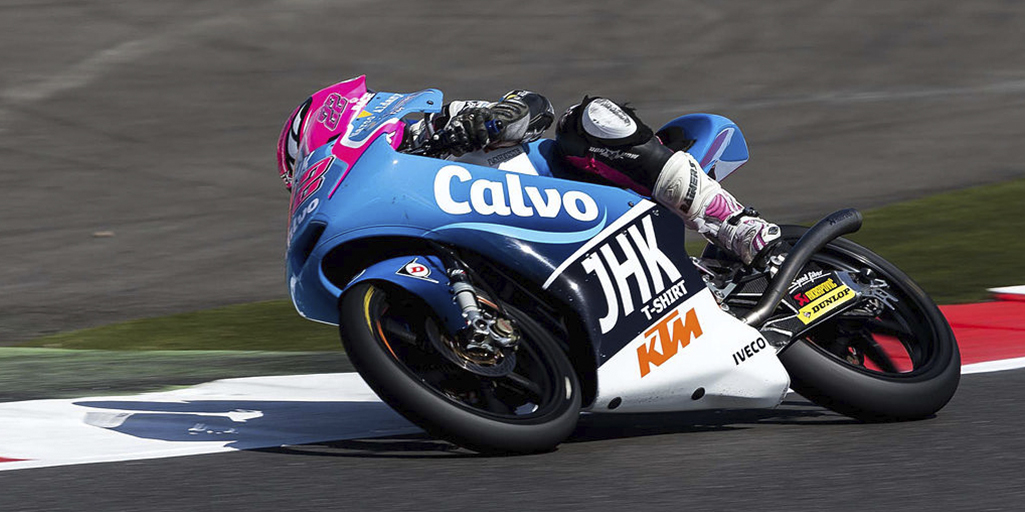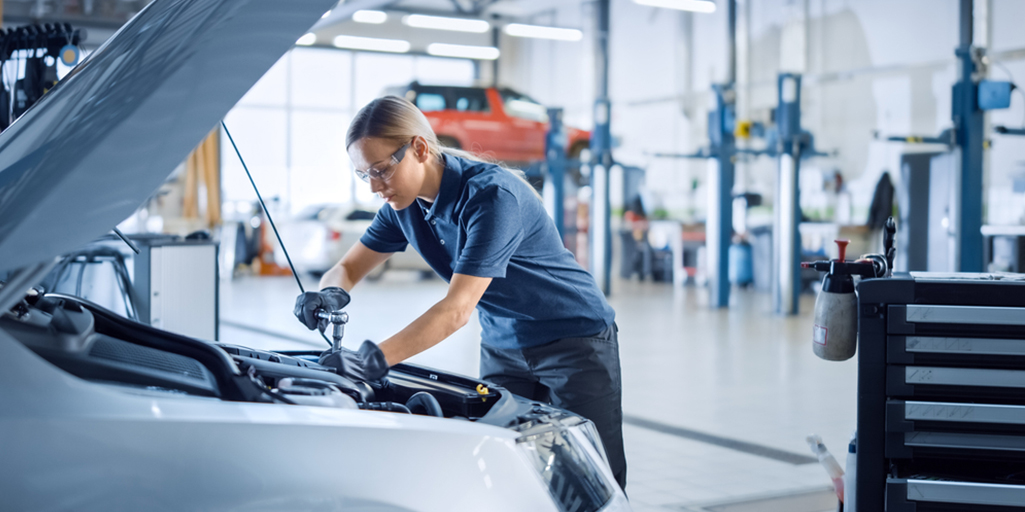
As in many other sectors, women have gained prominence in the automotive industry by leaps and bounds, especially in recent decades. Perhaps the most obvious example can be seen every day on our streets and highways, where the number of female drivers is fast approaching that of men. In Spain, for example, 43% of the census of drivers are women, “a figure that has gradually increased, since in 1990 the female representation was 29% of the total,” explains Monserrat Pérez, deputy director of Road Training at the DGT. A figure that can also be observed in much of the Western world.
However, as in many other spheres of society, there are some barriers that stand in the way of full equality in the automotive sector. Many of these obstacles are not real, but are linked to the perception that some continue to have regarding the role of women in this world.
This is what is revealed in the new edition of the #WomenDriving project, an initiative carried out by the Midas garage chain, with which it aims to make visible and vindicate the female side of mobility and automobiles.

Creative Commons Attribution-Share Alike 2.0
Thus, among the conclusions of the study carried out among Spanish drivers, up to 83% consider that there is still some derogatory treatment towards professional women in this sector. The main reason for more than 33% of this are the deep roots of male workers in the industry .
The survey reveals practices that, despite being less and less common, are still taking place, such as the fact that 11.9% of those surveyed continue to notice the use of less technical language when talking to a woman, on the premise that her understanding of the subject should be inferior.
Cliches are still common. Just ask Ana Carrasco, ambassador of the initiative. For this Moto3 rider, it has been hard to develop her career in an eminently masculine sport: “Fortunately, thanks to the work, effort and perseverance made over many years, I had the opportunity to reach the world championship and, above all, to become world champion. Winning a World Cup was very important for my sports career, and, furthermore, it meant a change within this sport, since, to date, no woman had achieved it. Breaking barriers within sport also helps to break them within society”.

A struggle in which many other women who work in the sector in which they are still a minority are immersed daily. According to those surveyed, the main reasons preventing more women from entering the sector are the belief that they are less qualified (45.1%), the fear of feeling questioned or stigmatized (17.85%) for doing a “man’s job”, and the glass ceiling (12.85%) preventing equal conditions in a masculine environment.Working as a female mechanic in a garage, for example, is something that continues to surprise some. At least 45% of those surveyed said so. Although perhaps the most worrying data is the 6.4% who consider that the fact that it is a woman who takes charge of their vehicle would be reason enough to change workshops. Yes, there are still people who feel this way.

Luckily, they are a minority. The fact that only 1 in 10 men consider that the role of women in the automotive industry should be limited to executive and administrative work is quite encouraging. And even more so is the fact that 87.2% of those surveyed believed that it is necessary to more actively encourage the inclusion of women in this field.
It seems that zero discrimination in the automotive industry (as in many others) is a matter of time and education.